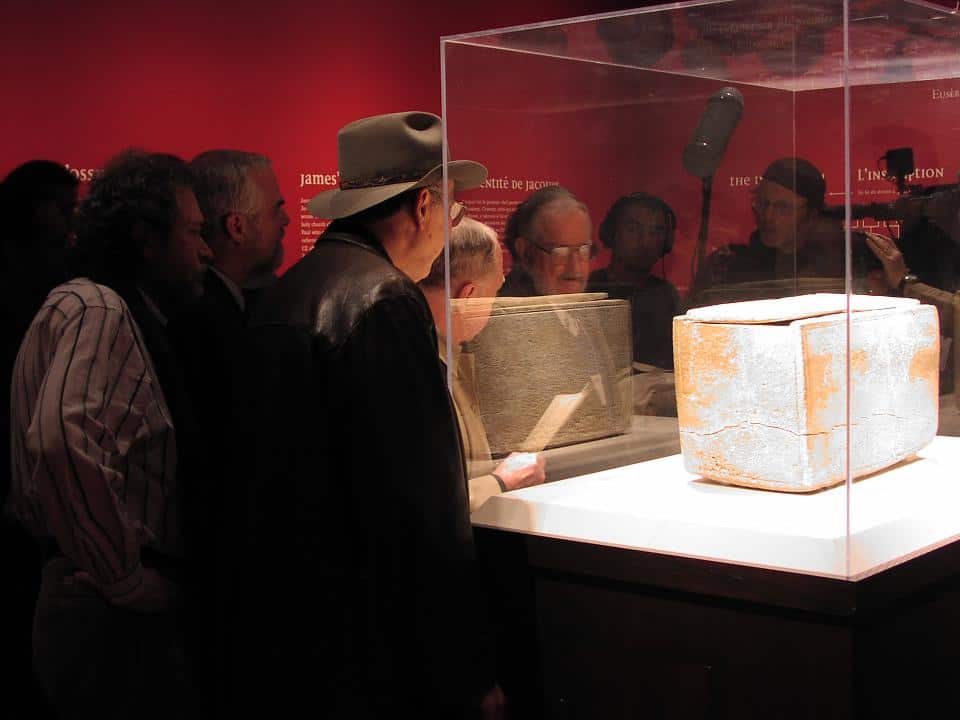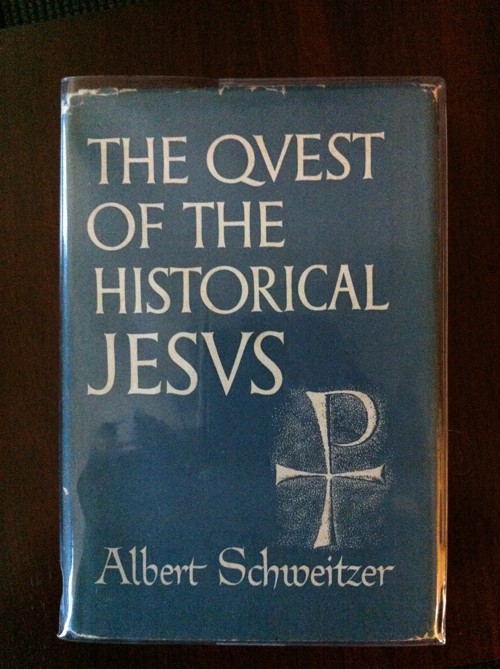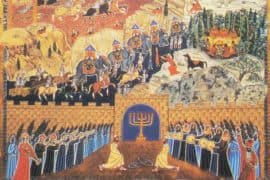There is a new scientific paper published just this week by a distinguished team of international geologists, chemists, and earth scientists, titled “The Geochemistry of Intrusive Sediment Sampled from the 1st Century CE Inscribed Ossuaries of James and the Talpiot Tomb,” that is now available on-line. Based on extensive soil samples from a wide sample of Herodian tombs and ossuaries the abstract concludes:
Employing chemical (ICP, SEM and Pb isotope) analyses we have found, based on chemical data alone, that the ossuary of James is far more similar to ossuaries removed from the Talpiot tomb than it is to any other group of ossuaries we sampled.
These modest conclusions, based on carefully laid out methodological procedures and collection processes involving the Israel Antiquities Authority, appear to put the question of the unknown provenance of the controversial James ossuary on a new footing. I look forward to the evaluations and input of qualified scientific researchers in evaluating this new evidence. Clearly, if the James ossuary came from the Talpiot tomb, most would agree that the probability of that tomb being associated with Jesus of Nazareth and his family reaches a high level of liklihood.

For both my new and old blog readers, here is a bit of “deep” refresher background:
In October 2002 a first century stone burial box, or ossuary, inscribed “James son of Joseph, brother of Jesus,” came to public attention with a cover story in Biblical Archaeology Review. The artifact understandably drew worldwide attention and stirred sharp controversy. If this ossuary, in fact, once held the bones of the James who is called the “brother of Jesus” in the New Testament, then we would have the first direct archaeological evidence ever found that was directly connected to Jesus of Nazareth (Galatians 1:18).
Two critical issues immediately took center stage. Was the inscription authentic or was it perhaps a forgery? What was the provenance of the ossuary–where did it come from? Early on it was suggested it might have belonged with another set of six ossuaries found in 1980 that had names associated with “Jesus son of Joseph” and his family–opening the possibility that the tomb belonged to the Jesus of Nazareth clan.
In 2016 I wrote a comprehensive two-part summary of everything we knew at that time regarding these controversies that you can access here for deep background or a refresher look at “What’s What Regarding the Controversial James Ossuary” and “The Controversial James Ossuary and the Talpiot Tomb.
My best take on all the evidence is now published in a book, The Jesus Discovery: The New Archaeological Find that Reveals the Birth of Christianity (New York: Simon & Schuster, 2012) which I think remains, along with James H. Charlesworth’s edited volume, The Tomb of Jesus and His Family? (Grand Rapids, MI: Eerdmans, 2011), the best treatment on the whole question of the Talpiot tombs and their associated historical questions.









Comments are closed.